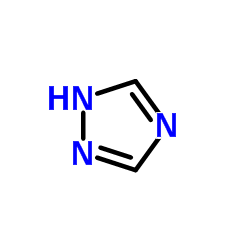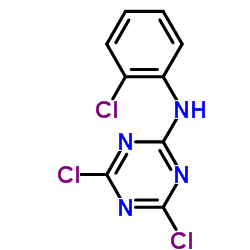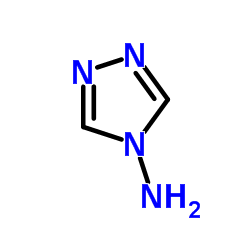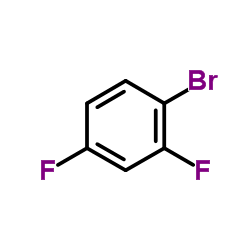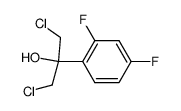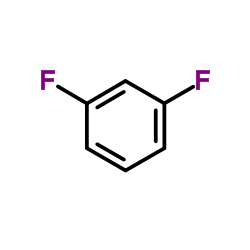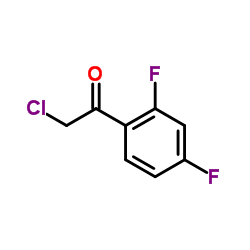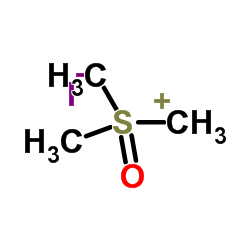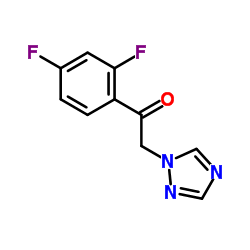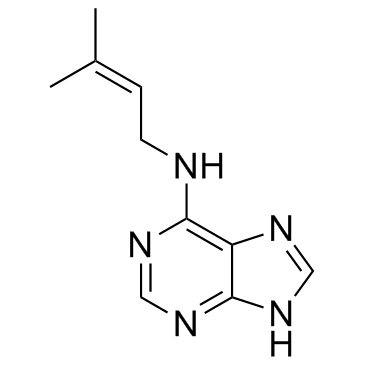86386-73-4
| Name | fluconazole |
|---|---|
| Synonyms |
2-(2,4-Difluorophenyl)-1,3-di(1H-1,2,4-triazol-1-yl)-2-propanol
triflucan Flunazol Apo Fluconazole FluMycon α-(2,4-Difluorophenyl)-α-(1H-1,2,4-triazol-1-ylmethyl)-1H-1,2,4-triazole-1-ethanol Zonal 2-(2,4-Difluorphenyl)-1,3-di(1H-1,2,4-triazol-1-yl)propan-2-ol Apo-Fluconazole 2,4-Difluoro-a,a-bis(1H-1,2,4-triazol-1-ylmethyl)benzyl Alcohol Diflucan Zoltec Difluean 1H-1,2,4-Triazole-1-ethanol, α-(2,4-difluorophenyl)-α-(1H-1,2,4-triazol-1-ylmethyl)- 2-(2,4-Difluorphenyl)-1,3-di-1H-1,2,4-triazol-1-ylpropan-2-ol a-(2,4-Difluorophenyl)-a-(1H-1,2,4-triazol-1-ylmethyl)-1H-1,2,4-triazole-1-ethanol 2-(2,4-difluorophenyl)-1,3-di(1H-1,2,4-triazol-1-yl)propan-2-ol Fluconazole EINECS 200-659-6 1H-1,2,4-triazole-1-ethanol, a-(2,4-difluorophenyl)-a-(1H-1,2,4-triazol-1-ylmethyl)- Diflazon MFCD00274549 Flusol Elazor Flucostat Fluconal 2-(2,4-DIFLUOROPHENYL)-1,3-BIS-(1H-1,2,4-TRIAZOL-1-YL)PROPAN-2-OL |
| Description | Fluconazole is a triazole antifungal drug used in the treatment and prevention of superficial and systemic fungal infections.Target: AntifungalFluconazole is a triazole antifungal intended for oral treatment of superficial and systemic mycoses. In tests done in standard mycological media, the compound had minimal inhibitory concentrations against pathogenic Candida species that were usually in excess of 100 mg/l. Fluconazole inhibited branching and hyphal development in C. albicans at concentrations as low as 10(-6) M (0.3 mg/l), but miconazole and ketoconazole were still active in these tests at concentrations 100 times lower than this [1]. Oral fluconazole was not associated with a significantly increased risk of birth defects overall or of 14 of the 15 specific birth defects of previous concern. Fluconazole exposure may confer an increased risk of tetralogy of Fallot [2]. Fluconazole is predicted to be ineffective against Cryptococcus gattii in the koala as a sole therapeutic agent administered at 10 mg/kg p.o. every 12 h [3].Clinical indications: Balanitis; Candida infection; Cryptococcus infection; Cryptococcus neoformans meningitis; Dermatomycosis; Female genital tract infection; Fungal infection; Fungal respiratory tract infection; Fungal urinary tract infection; Prophylaxis; Tinea capitis; Tinea corporis; Tinea cruris; Tinea pedis .Toxicity: Symptoms of overdose include hallucinations and paranoid behavior. |
|---|---|
| Related Catalog | |
| References |
| Density | 1.5±0.1 g/cm3 |
|---|---|
| Boiling Point | 579.8±60.0 °C at 760 mmHg |
| Melting Point | 138-140°C |
| Molecular Formula | C13H12F2N6O |
| Molecular Weight | 306.271 |
| Flash Point | 304.4±32.9 °C |
| Exact Mass | 306.104065 |
| PSA | 81.65000 |
| LogP | 0.50 |
| Vapour Pressure | 0.0±1.7 mmHg at 25°C |
| Index of Refraction | 1.663 |
| Storage condition | −20°C |
| Water Solubility | DMSO: 5 mg/mL |
CHEMICAL IDENTIFICATION
HEALTH HAZARD DATAACUTE TOXICITY DATA
|
| Symbol |

GHS07 |
|---|---|
| Signal Word | Warning |
| Hazard Statements | H302-H315-H319-H335 |
| Precautionary Statements | P261-P305 + P351 + P338 |
| Personal Protective Equipment | dust mask type N95 (US);Eyeshields;Gloves |
| Hazard Codes | Xn: Harmful; |
| Risk Phrases | R36/37/38 |
| Safety Phrases | S26-S36 |
| RIDADR | NONH for all modes of transport |
| RTECS | XZ4810000 |
| HS Code | 2933990090 |
|
~66% 
86386-73-4 |
| Literature: Zhang, Yi-Yi; Mi, Jia-Li; Zhou, Cheng-He; Zhou, Xiang-Dong European Journal of Medicinal Chemistry, 2011 , vol. 46, # 9 p. 4391 - 4402 |
|
~96% 
86386-73-4 |
| Literature: CENTRO GENESIS PARA LA INVESTIGACION, S.L. Patent: EP967210 A1, 1999 ; |
|
~% 
86386-73-4 |
| Literature: US5484936 A1, ; |
|
~26%
Detail
|
| Literature: Pfizer Inc. Patent: US4404216 A1, 1983 ; |
|
~67% 
86386-73-4 |
| Literature: Chen, Same-Ting; Fang, Jim-Min Journal of the Chinese Chemical Society, 2003 , vol. 50, # 4 p. 927 - 930 |
|
~% 
86386-73-4 |
| Literature: Journal of the Chinese Chemical Society, , vol. 50, # 4 p. 927 - 930 |
|
~% 
86386-73-4 |
| Literature: European Journal of Medicinal Chemistry, , vol. 46, # 9 p. 4391 - 4402 |
|
~% 
86386-73-4 |
| Literature: European Journal of Medicinal Chemistry, , vol. 46, # 9 p. 4391 - 4402 |
|
~% 
86386-73-4 |
| Literature: Journal of Heterocyclic Chemistry, , vol. 30, # 5 p. 1405 - 1412 |
| Precursor 10 | |
|---|---|
| DownStream 6 | |
| HS Code | 2933990090 |
|---|---|
| Summary | 2933990090. heterocyclic compounds with nitrogen hetero-atom(s) only. VAT:17.0%. Tax rebate rate:13.0%. . MFN tariff:6.5%. General tariff:20.0% |


